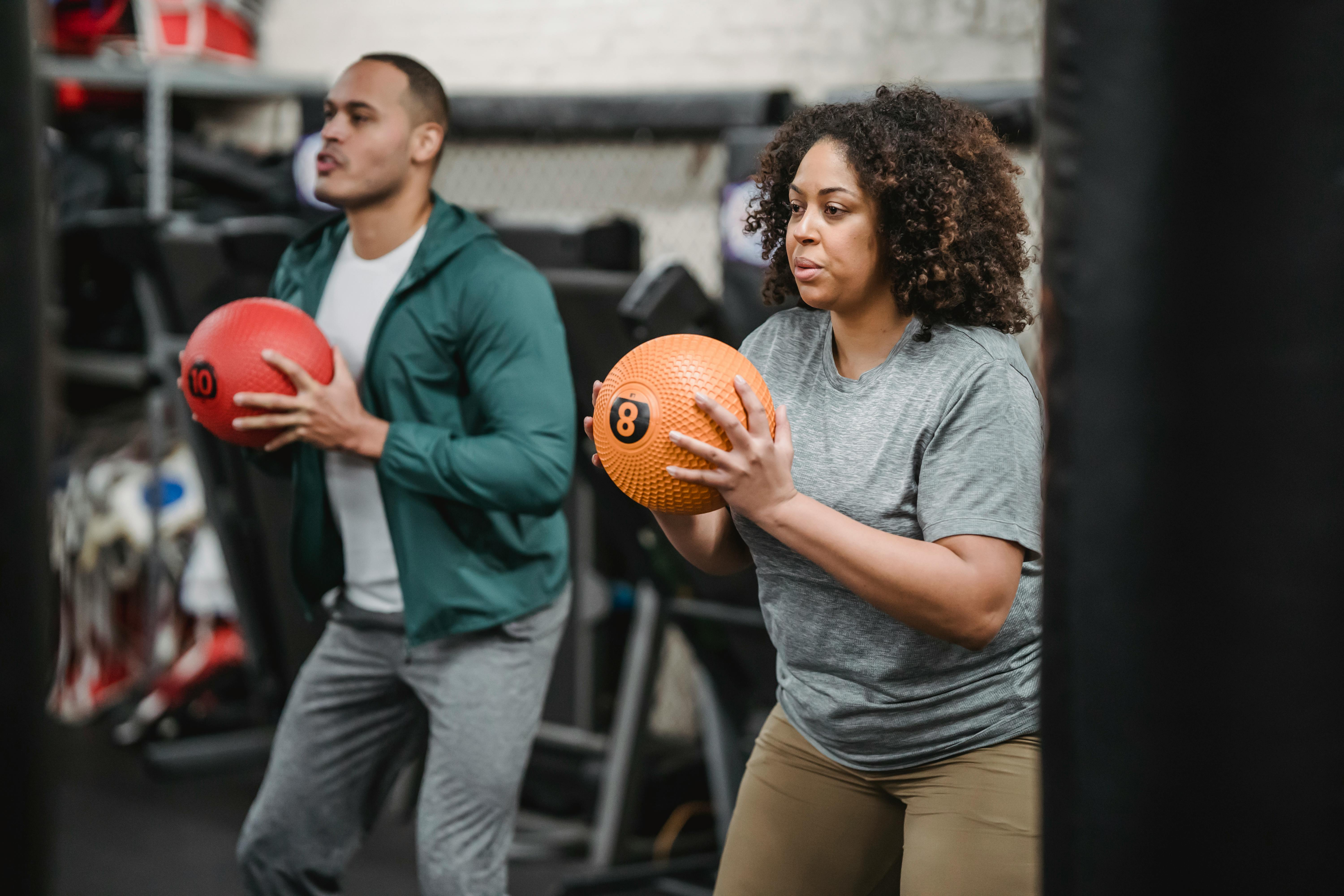Teaching methods are various ways of imparting knowledge to students or pupils in schools. Teaching is one of the best professions in the world because most professions and careers derive their origin from Education. Therefore, we need to adopt many ways of teaching so that students can easily assimilate the topics as soon as possible. Most of the problems facing teachers today that negatively affect students are the teaching methods adopted by teachers.
Teachers know the subject and topics very well, but they find it difficult to teach and convey this knowledge and ideas to students, making it difficult for students to understand mainly science-oriented subjects and math subjects.
Bad teaching methods discourage students from knowing the subject and also lead to their failure in exams.
Now let’s take a look at the various teaching methods.
1 DESCRIPTIVE METHODS-The teacher begins by describing the topics and subjects to the students. For example, the table has four legs and a flat top. It is used for writing, reading and eating and serving dinners. The teacher describes in detail everything that he knows about the table, the house or any subject.
2 EXPLANATORY METHODS: In these methods, the teacher begins teaching by explaining the topics to the students in definition forms. Examples is money—He or she defines money as anything that is generally acceptable as a means of payment and debt settlement. . it is a legal tender.
The teacher explains in detail everything he knows about money so that the students understand it.
3 QUESTIONS AND ANSWER METHODS- Teachers start teaching by asking students questions related to the topics and based on the topics and themes in question, while students respond by finding solutions to the questions asked. For example, what is biology? As students respond by defining biology as the subjects that study living things, which include plants and animals.
The teacher then went further to deliver his teaching by explaining in detail the meaning of biology and asked them more questions related to the topics at the end of the teaching or lecture.
4 EXPERIMENTAL METHODS-The teacher uses the experiment to teach and impart knowledge to the students. It is usually done in the laboratory or classroom with many experimental tools and equipment. Create a lasting memory as students are exposed to practices that improved their rate of learning. They practice to check comprehension levels while the teachers correct where there are mistakes.
5 PLAYWAY METHODS – This is a method where the teacher plays with the students in the form of singing and reciting rhymes while the students or pupils sing and dance with the teacher.
In doing so, the teacher imparts knowledge and ideas to the students through singing and demonstrations with the students. E.g Row Row your boat gently down the river, gaily gaily life is but a dream. While the students sing and play with the teacher. it is applicable to students in lower classes, such as kindergarten and pre-kindergarten classes.
6 LECTURE METHODS-This is a method by which the teacher delivers his topics or subjects in the form of lectures. He stood in front of the students and taught both he dictates to the students and also writes on the board. He then gives them an assignment at the end of the lecture.
Explain the content of the subject in detail.
He then gives them an assignment at the end of the lecture.
7 FIELD TRIP METHODS – This method involves the teacher and students going on a field trip to see things for themselves and the teacher assigned to this field trip showing and explaining to the students what they see and find.
E. g A visit to the zoo, visit to the botanical garden, hospitals, airports, seaports, industries and banks.
These methods make the impression and learning last longer in the memory of the students because of what they see, feel and touch with their five sensory organs of the body, such as eyes, nose, tongue, skin, ears, etc. This method is one of the best methods used in scientific research and environmental studies.
8 LISTENING METHODS: the teacher teaches while the students listen to the teacher while he explains the topics to the students.
All important points will be explained to the students while the students ask questions about the areas they do not understand.
The teacher gives students homework and assignments after the lesson.
9 DISCUSSION METHODS-This is a method by which the teacher discusses the issues with the students in detail. It’s a win-win situation, students asked questions in areas they didn’t understand. The teacher starts teaching by writing the topics on the board and discusses it with the students as he goes through the topics.
The teacher gives students time to ask questions about the topic.
Examples are Let’s Discuss the Topic – Economics – Then discuss Economics as a topic that studies human behavior in relation to resources that have alternative uses. Then you say something about carcity, choice, opportunity cost, preference scale, and c to support your statement.
Above all, teachers should strive to adopt the best methods that students can easily understand to emphasize their points.
Teachers should avoid complicated methods that discourage students during lessons.
Topic sentences should be well highlighted and explained, as well as clearly defined for easy assimilation.
Therefore, be a good teacher who leaves a good legacy for the younger generations. because the youth of today are the great leaders of tomorrow.
Thank you.



